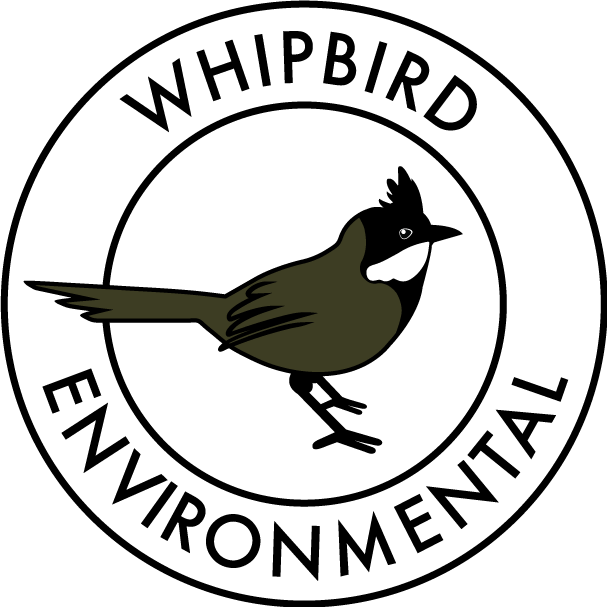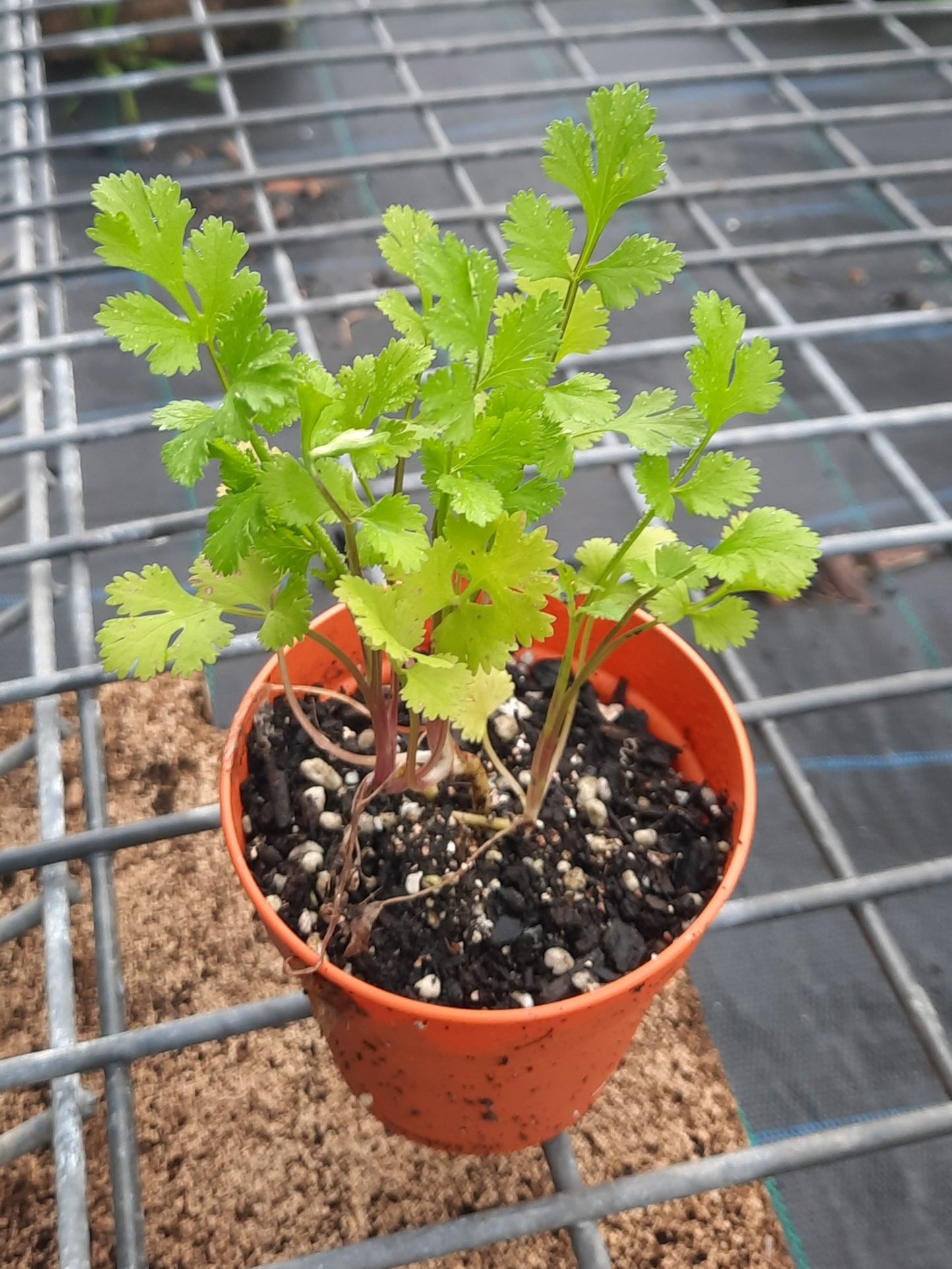Growing, Harvesting and Using Coriander
Rocket seedling in small pot. Photo by Jeff Harbrow
Description
Coriander, also known as cilantro or Chinese parsley is a leafy, fast-growing annual herb that can be grown either in pots or in the garden. The herb is easily grown from seed and reaches approximately 60cm in height and 25cm wide. The entire plant is edible and is widely used across several major cuisines making it a worthwhile addition to the herb garden.
Growing conditions
Coriander can be grown almost year-round in most climates outside extreme hot and cold weather. Although the plant prefers full sun, during the warmer months, coriander is suited to a lightly shaded area with well-drained soil. Coriander plants can be quick to ‘bolt’, or go to flower then seed, often due to warm temperatures or if the roots are heavily disturbed when transplanting. Whilst the seeds can be harvested and used in cooking, to ensure a consistent supply of the leafy green herb, plant successions every fortnight or choose ‘slow bolting’ coriander varieties.
Sowing Coriander Seeds
Coriander seeds can be sown direct in the ground or in trays to be planted out as seedlings. Sow coriander seeds in Spring and Autumn approximately 0.5-1cm deep and 20-30cm apart. Coriander will also grow well in pots that are at least 15-25cm deep – perfect for patio garden or a windowsill. Ensure the plant is kept well-watered on warm days to minimise the risk of bolting.
Harvesting and Using Coriander
Harvest fresh coriander seeds from as early as 5 weeks or when the plants are approximately 15cm tall. Pick leaves as needed, by cutting the stem near the base of the plant. As the plant grows, prune the centre flower stem to encourage new leaves otherwise the plant will go to seed. If the plant does go to seed, don’t worry! The entire plant is edible including flowers, stems and seeds which are commonly used in many cuisines around the world. Coriander can be used to flavour curries, fresh salads, soups, marinades and bread or used as a garnish.
You might be interested in:
Growing, Harvesting and Using Beetroot
Growing, Harvesting and Using Carrots
or one of our many articles.

